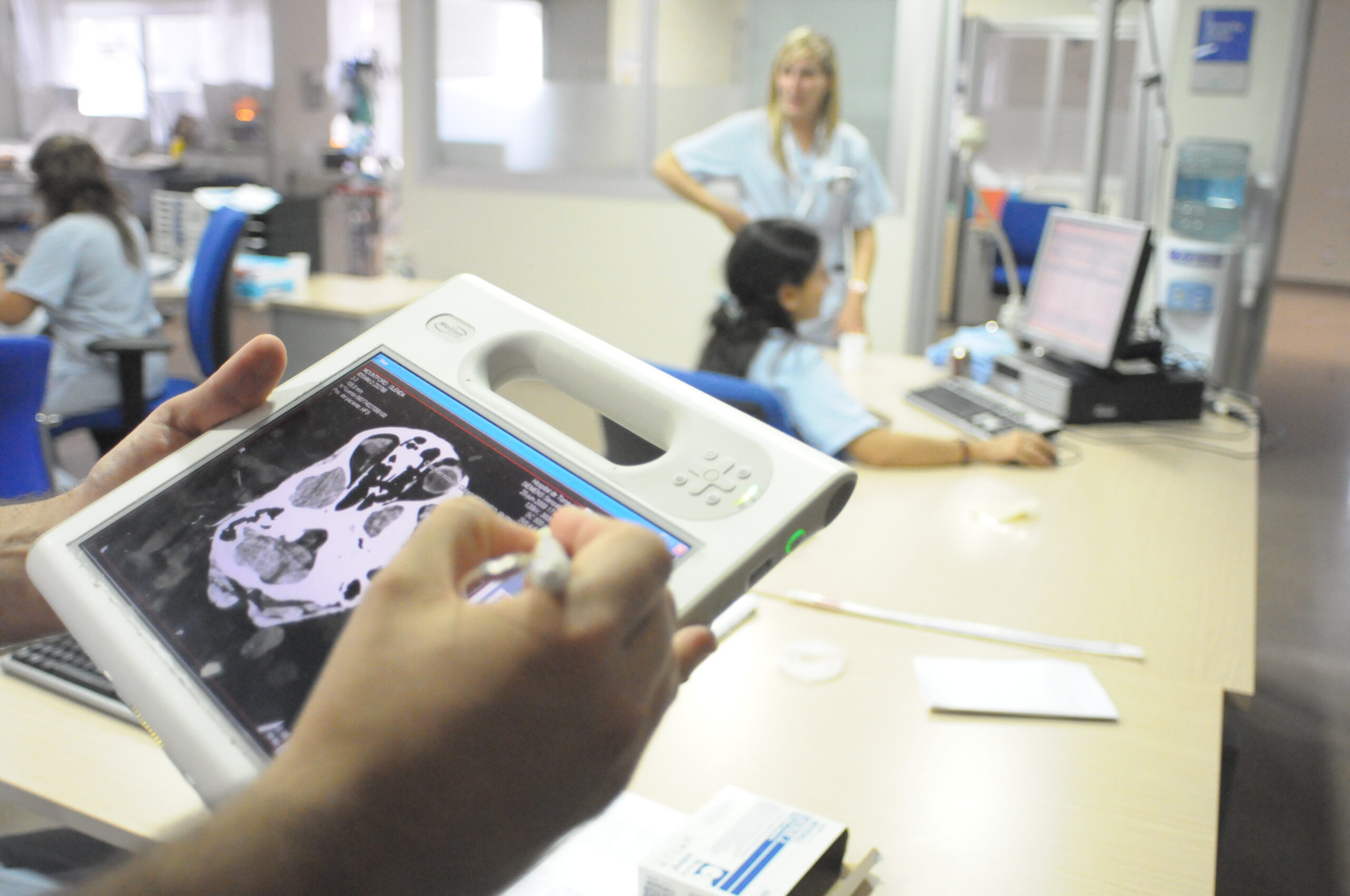Imagine a country with a decentralized health system. Imagine a country where 40% of the regional government’s budget is dedicated to health expenditure. Imagine a country where health expenditure growth exceeds the GDP over the last 15 years. Imagine a country where the public debt of the regions is the highest in the world. After reading this paragraph you’re probably thinking that this country is Spain, but no, this country is Canadá.
I’ve just returned from presenting Ribera Salud´s health management model at the Health Care Governance and Leadership Forum Summit. Under the heading ‘Integrated Care: From Hospitals to Population Health Systems – Lessons from Spain’, the subject of my lecture was the integrated healthcare model and the capitative model. In my conference I also focused on the three pillars that contribute to the success of healthcare management: technology information, human resources and clinical management. An integrated model based on these three pillars helps to respond to the current challenges such as population aging or an increase in chronic patients.
One of the opportunities provided to us by the Ribera Salud Management Model has been to bring us closer to other countries’ healthcare systems, thus enabling us to learn, firsthand, the considerations and reforms that are being undertaken in other places to cope with the big challenges posed within the healthcare system.
It is tempting to have a regional vision and ignore the profound changes that are taking place in the healthcare systems of such advanced countries as the United States, the United Kingdom or Holland, or in those that aspire to make a qualitative leap in infrastructure and in their healthcare system, such as Slovakia and the whole Central European area or Latin America.
The sustainability of healthcare is a global problem, not a local one. For this reason, there are an increasing number of healthcare leaders who believe a change in focus is needed, evolving from models that focus on the “providers”, towards other healthcare models that focus on identifying and satisfying the population’s healthcare requirements to reach the Triple Aim for healthcare systems, as defined by the Institute for Healthcare Improvement (IHI):
- Improve population’s HEALTH outcomes.
- Increase quality of care and patient satisfaction.
- Gain efficiency, and control health costs per capita.
In my opinion, these considerations that are occurring worldwide, share three elements: the need for a system based on social justice and public values, the need for a sustainable system as a commitment to future generations and the need to introduce high levels of expertise, professionalism, technology and management in order to successfully face the challenges posed by chronicity, new therapies and drugs. These are the great goals that unite all healthcare agents on all continents.
From the Ribera Salud group we aspire to create a National Observatory to analyze thoroughly and independently the different existing healthcare management models so as to show, with real and comparable data, the added value of each of them. Knowing that nothing is black or white but that there are many shades of gray. And all this information should contribute towards a peaceful, open and objective discussion because these debates are taking place worldwide and we cannot, and should not, stand aside.
These debates, I hope, will stimulate us to continue improving and to learn from other experiences, adapting to the requirements of a changing society, because the aim of all of us who work in the healthcare system is to maintain and improve our great public system.

